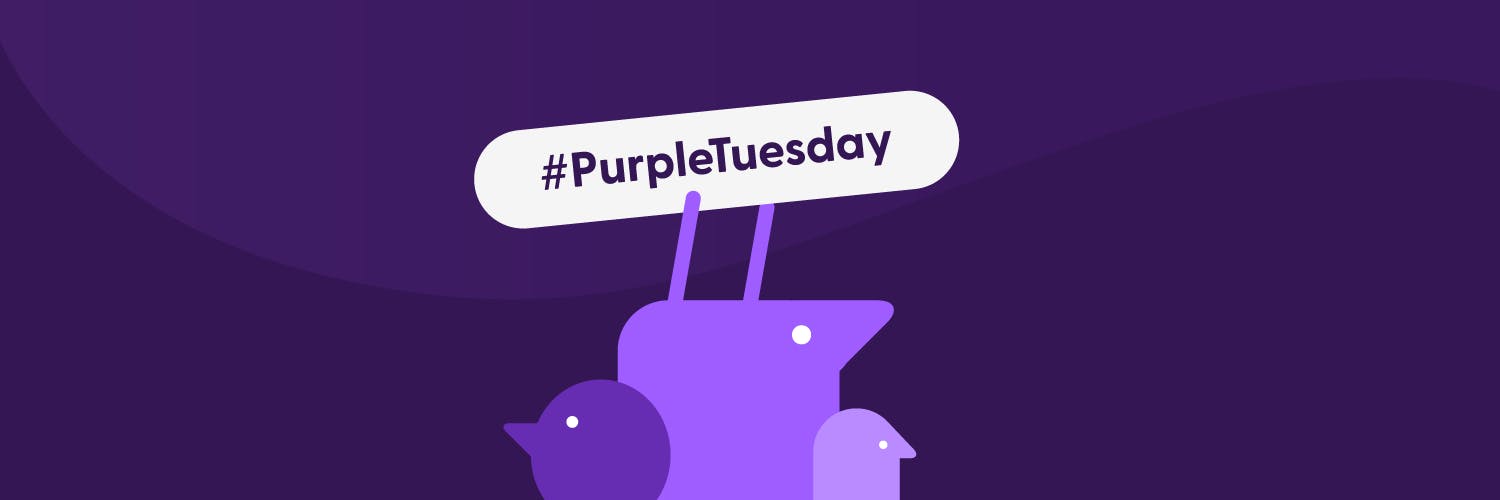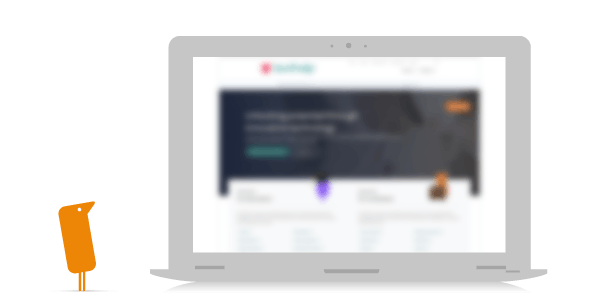Web accessibility software is helping businesses to tap into the £17.1bn click away pound
More and more businesses and services are now operating under a digital-first model, and with that, there’s a risk of leaving a large segment of the population behind. That’s because barriers on the web still exist. For those businesses which don't have web accessibility measures in place, this means shutting out the 7 million internet users in the UK with digital access needs. Read on to learn more about the so-called Click-Away Pound, and what your business can do to tap into it.

Digital access needs arise as a result of an individual’s disability when interacting online. Of the 14 million disabled people in the UK (that's 1 in 5 of the population), approximately half have digital access needs. This presents a challenge when accessing essential services or retail websites online.
When this demographic hits a barrier that prevents them from accessing a product or service, 70% will leave a website and take their spending power to an accessible alternative. The cost of this equates to an estimated £17.1 billion, otherwise known as the click away pound.
So, what can you do to tap into this market?
First, let’s consider their lived experiences
Before we fill you in on the benefits businesses are reaping from web accessibility software, let’s explore the challenges faced by this untapped market.

As a diverse market, access needs can arise from a variety of disabilities including vision and hearing impairments, literacy difficulties, cognitive challenges, and neurodivergent conditions such as dyslexia, autism, dyspraxia and ADHD.
One thing this audience has in common is that the digital world is one where too often they feel excluded.
Common online barriers include:
- an inability to perceive content due to crowded pages, distracting moving images and graphics, or poor color contrast and text layout
- an inability to navigate across a website because of poor keyboard access or meaningless link information
As we’re uncovering the barriers, you might be thinking: "our online visitors will tell us if they’re experiencing barriers on our site". Yet this isn't always the case.
People value independence. Only 8% of users with digital access needs will contact a business about barriers they experience. And, even if they wanted to reach out, over half of users struggle to fill out contact forms due to inaccessible fields and reCAPTCHA tests.
Assistive technology is a key support
A solution that’s helping this audience to navigate the internet independently is the use of assistive technology. In fact, research from 2019 found that of all users with digital access needs, 63% use assistive technology on the web.
Assistive technology is any software, application or device that supports disabled people to complete tasks independently in everyday life.
When browsing the internet, the most common forms of assistive technology include screen readers, text magnification and speech recognition software. But such supports aren’t always available, and that’s where web accessibility software can help.

Recognizing the benefits of web accessibility software
Only 1 in 10 people in need have access to assistive technology. Largely, those with access needs are using assistive technology in the form of built-in accessibility features on smartphones and apps. That’s why more and more businesses are recognizing the benefits of providing web accessibility software on their own websites.
Web accessibility software includes inclusive toolbars, such as the ReachDeck Toolbar, which help online visitors to interact with digital content in a way that suits them best.
With the ReachDeck Toolbar, users can remove on-page distractions using the simplify feature, or have written text read aloud through a text-to-speech functionality. From text magnification to screen masking, its features benefit a wide range of individuals with various needs.
Used by organizations across the globe, the ReachDeck Toolbar is supporting online audiences across both public and private sectors. It's freely available on sites including local city councils, NHS services and large corporations, helping essential information reach every visitor.

Empowering your legal, moral and business obligations
Being proactive, by providing a digital inclusion tool like the ReachDeck Toolbar, can help you to increase your business revenue and meet your legal and moral obligations to web accessibility.
Ensuring that everyone feels welcomed by your digital presence is the right thing to do, but it’s also crucial to remember your legal responsibilities to do so.
Existing legislation puts the onus on you to ensure your website is accessible in line web accessibility guidelines. Otherwise you could be breaking the law. The ReachDeck Toolbar can support your efforts by opening up your digital content to be available and accessible to everyone. Not only that, the ReachDeck Toolbar is only one feature within the ReachDeck software.
ReachDeck is our accessibility and inclusion software. In addition to the ReachDeck Toolbar, it also includes the ReachDeck Auditor and the ReachDeck Editor. Auditor is a WCAG compliance checker that automatically scans your website for compliance errors. Editor is a content authoring tool that helps everyone in your organization to improve the readability of their online content. Combined, these features help you to improve the accessibility, readability and reach of your digital content.
Want to know more about ReachDeck? Visit our dedicated product page. From there, you'll also be able to arrange a free trial.